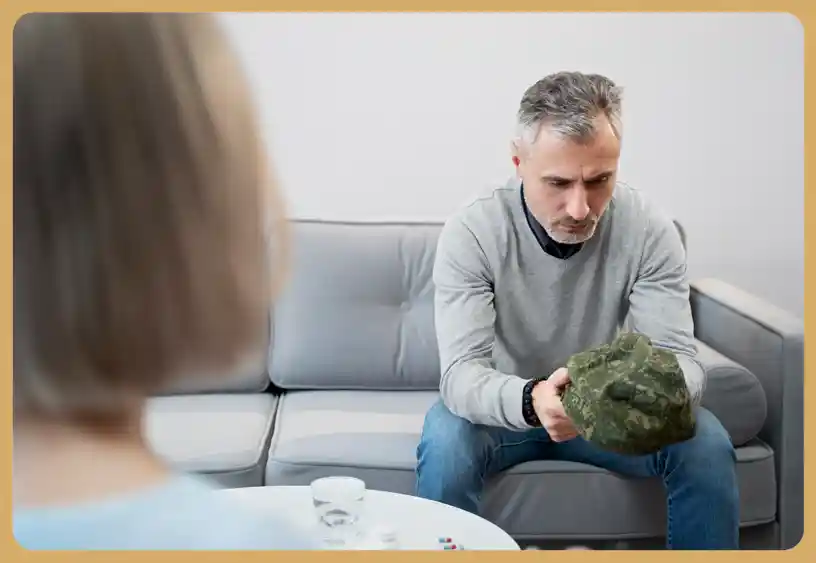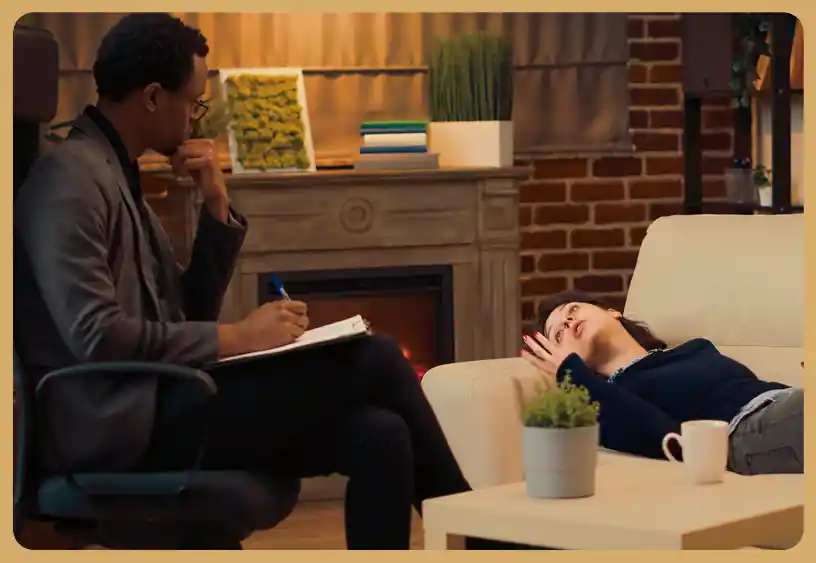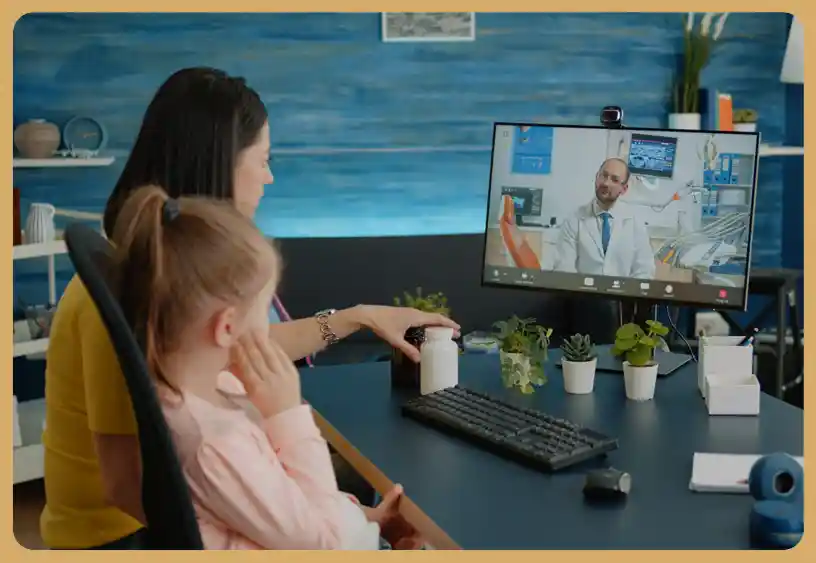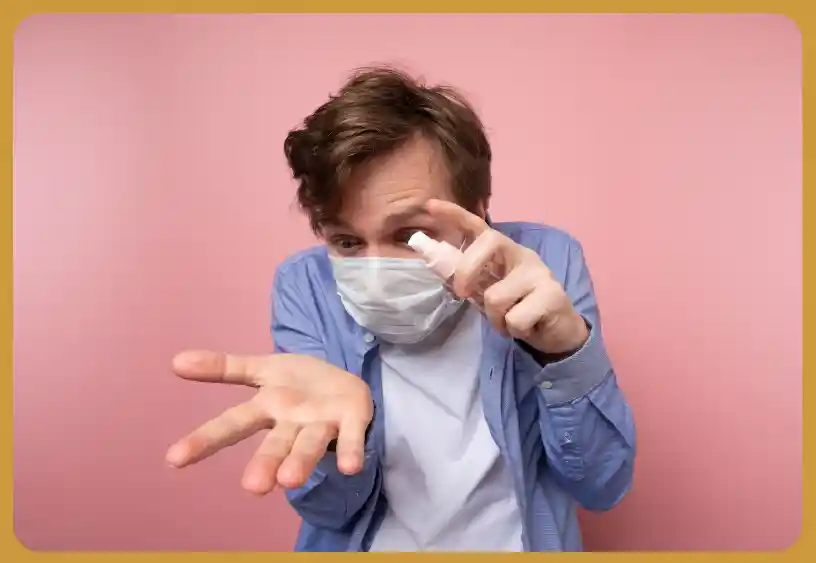
Did you know that about 2 to 3 % of people around the world have Obsessive Compulsive Disorder (OCD)? OCD doesn't just look like doing the same things repeatedly, it can show up in many other ways like unwanted thoughts that are upsetting and get in the way of daily life. A lot of people deal with these unwanted thoughts in silence because they feel alone in their battle to take care of their mental health.
Having to deal with OCD can be scary. There is a wide range of unwanted thoughts, from worries about getting sick to concerns about safety. These thoughts can get in the way of day-to-day activities.
Getting professional help and having people to support you through the treatment process are two of the most important things you can do to deal with and lessen the effects of OCD and the bothersome ideas that come with it.
OCD and Intrusive Thoughts
People with obsessive-compulsive disorder (OCD) experience unwelcome thoughts that cause them to repeatedly engage in the same activities in an attempt to reduce anxiety. These unwelcome ideas could be rather frightening and irrational. They might range from fixations on symmetry or order to repetitive thoughts about hurting loved ones or oneself. What distinguishes OCD from other disorders is not being able to eliminate these ideas. People engage in repetitive meaningless behaviors to feel better. This cycle can take over their life, which also destroys their relationships, employment, and overall quality of life.
Living with OCD and unwelcome thoughts can be isolating and draining. You might feel as though routines dominate your everyday life and that you have to battle illogical worries constantly. Though people recognize that their thoughts are excessive or irrational, people with OCD struggle to dismiss them. This maintains their cycle of anxiety and obsessive thoughts and behavior.
Medications and cognitive-behavioral therapy (CBT) can enable individuals to take back control of their lives and manage their symptoms, therefore improving their condition. Early assistance and support from family and friends are crucial for healing as they provide people with hope and encouragement in these challenging circumstances.

7 Different Types of OCD
Obsessive-Compulsive Disorder (OCD) manifests in various forms, each presenting unique challenges for those affected. Understanding these different types can shed light on the diverse ways OCD can impact individuals:
Contamination OCD
Those with contamination OCD are extremely terrified of dirt, bacteria, sweat, toxins, or other bodily fluids. They may avoid public areas or events where they believe they could be exposed and may constantly be terrified of coming into touch with toxins. Anxiety over being sick can be too great to bear, so people engage in frequent hand washing or repeated cleaning of their homes. The anxiety persists even with all of these efforts and frequently disrupts daily routines and makes things challenging.
Repeated cleaning, handwashing, taking too much time in showering, ritualized bathing, repeatedly sanitizing hands, avoiding touching surfaces that are commonly touched by other people like door knobs, switches, and safety behaviors like using too much tissue are all different presentations of contamination OCD.
Exposure and response prevention (ERP) techniques can help people with contamination OCD manage their anxiety and reduce their obsessions and compulsions. To assist reduce the symptoms, several medications—including selective serotonin reuptake inhibitors (SSRIs) are also highly effective.
Checking OCD
People with checking OCD have constant fears and doubts, usually about their safety and security. They have what is called “pathological doubts”. It is normal for everyone to get thoughts that they have forgotten to close the door or stove, but in OCD people do this multiple times in quick succession eg. up to 10 to 15 times. People may check locks, tools, stoves, and switches. People check a lot because they are afraid that there will be an accident due to their carelessness. Even when logical thoughts tell the person that harm is unlikely, the urge to check continues, causing a lot of stress and time waste. Over time people may stop doing tasks that trigger OCD thoughts eg. they may stop cooking altogether if their OCD involves thoughts that they forgot to turn off the stove.
Psychotherapy called ERP which is a type of cognitive-behavioral treatment (CBT), helps people with OCD. Through structured exposure exercises, therapists work on slowly lowering the number of times and severity of checking behaviors.
Symmetry and Orderliness OCD
People with symmetry OCD feel like they have to have things set up in a certain way or fit together perfectly all the time. Not arranging things properly or in the right order can make people feel very uncomfortable or anxious. People with this subtype may organize, arrange, or count things over and over again as a way to calm down and feel in control. The urge to keep things in order and symmetrical can take up a lot of time and get in the way of daily life.
Cognitive Restructuring is part of the treatment to question perfectionism in ideas and actions. Therapists help people find more open ways to think about balance and order, which makes it easier for them to follow these patterns less and less.
Ruminations and Intrusive Thoughts
Obsessive ruminations or intrusive thoughts and images can also be a presentation of OCD. These could be repetitive intrusions of a meaningless or sometimes distressing sentence or image. These could be related to harm, accidents, or injury and trigger a lot of anxiety which may cause the person to repeatedly seek reassurance eg . Some people may get a thought that something bad will happen to their family and they may call that person multiple times to check. These ideas keep resurfacing even if you try to ignore or push them away; they cause great mental suffering and make it difficult to concentrate and do everyday chores.
Treatment mostly uses exposure treatment to help patients face and get acclimated to the unpleasant emotions accompanying these unwelcome ideas. Cognitive techniques enable people to challenge these notions and devise better strategies to handle them.
Hoarding OCD
Even if something isn't valuable or helpful, people with hoarding OCD struggle to let go of such items. This causes cluttering and can be a risk of fire hazards, falls, pests, infections, and accidents. Hoarding can be due to the perceived importance or utility of the objects or due to emotional attachment. Hoarding can make it difficult to live with others and accomplish tasks.
Cognitive-behavioral therapy and medications are the mainstay of treatment. Therapists assist clients in progressively getting rid of their trash using controlled exposure and practice, therefore boosting their motivation to change and reducing their impulses to purchase new objects.
Counting and Numbers OCD
People with counting OCD might feel as though they have to count steps, actions, or routines involving numbers. They might have rules that things need to be done in multiples of 2 , 3 or 7 as that is auspicious or safe. They might have magical thinking which is believing that these counting rituals are in some indescribable way preventing harm. These actions might occupy a lot of time and interfere with regular living. Stopping or not finishing the counting exercises might cause great disturbance.
Cognitive-behavioral therapy (CBT) challenges individuals to consider other approaches to cope with their anxiety and challenge why they require particular behaviors. Therapists also employ exposure techniques to assist individuals in progressively abandoning counting behaviors and begin utilizing other strategies to manage stress.
Pure Obsessional OCD (Pure O)
People with Pure Obsessional OCD (pure O) seem to have no obvious compulsions, but they have disturbing, unwelcome thoughts or images that won't go away. Pure O may not have any physical compulsions but they do have mental compulsions like reviewing things mentally, revising conversations, and remembering and comparing incidents mentally. They may also mentally try to correct a “bad thought” they had or redo an activity with a “good thought” because when they initially did it “bad thoughts” were coming.
Mental compulsions are much harder to treat with ERP as they are not visible externally and are much more difficult for the patient to disengage from. Therefore mindfulness and acceptance and commitment (ACT) based techniques are much more useful. Cognitive restructuring is also a useful technique.
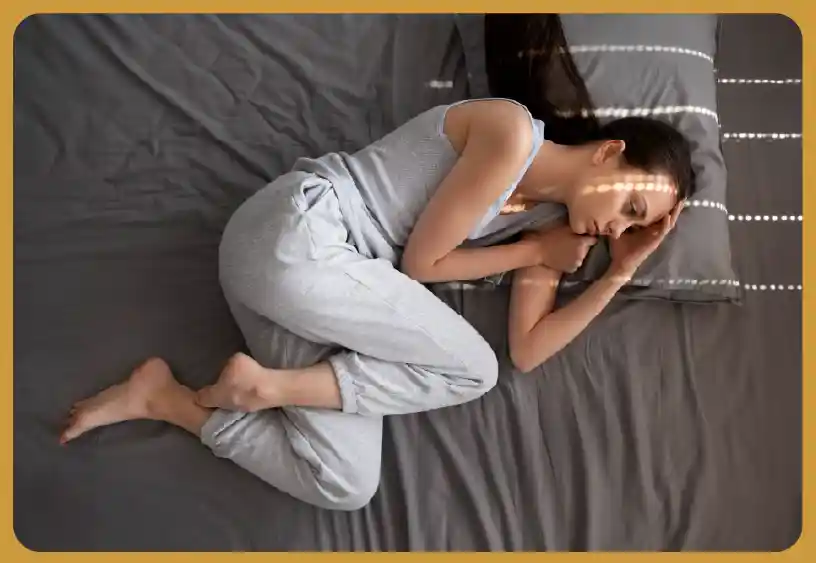
What to do Next?
OCD is a complicated disorder that shows up in many different ways, each with its problems and impacts on daily life. Luckily, good treatments like medication, cognitive-behavioral therapy (CBT), and helpful approaches offer a chance to manage symptoms and raise quality of life. More understanding and information will help us create a more loving space where people with OCD can feel supported and understood as they work to recover and be healthy.
- Share
